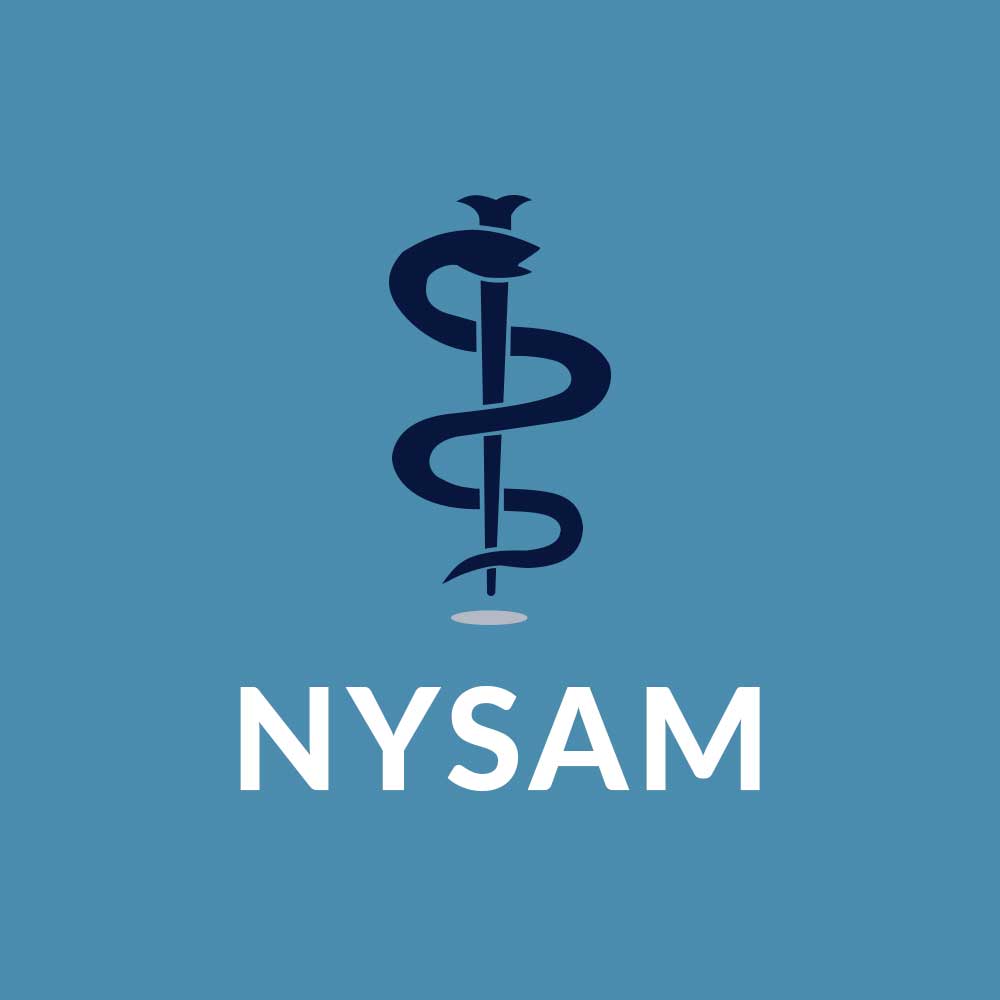Overview of Opioid Overdose Prevention Programs in New York State
Drug overdose is a significant problem in New York State. Recent data from New York City indicate that nearly 1,000 fatalities resulted from accidental overdoses in 2006. Close to 70% of these deaths involved the use of opioids/heroin. Many of these deaths and the morbidity from non-fatal overdoses can be prevented.
A new life-saving law took effect in 2006, making it legal in New York State for non-medical persons to administer Naloxone to another individual to prevent an opioid/heroin overdose from becoming fatal. The New York State Department of Health (NYSDOH) registers eligible agencies and providers to operate an Opioid Overdose Prevention Program and provides the required supplies for free. These programs train individuals how to respond to suspected overdoses including the administration of Naloxone.
Naloxone (Narcan) is a prescription medicine that reverses an overdose by blocking heroin or other opioids in the brain for 30 to 90 minutes. Naloxone is administered by injection (and in some places intranasally). It is successfully prescribed and distributed to heroin users, their families and friends in numerous locations in the U.S., including Baltimore, Chicago, New Mexico, Massachusetts, Michigan, San Francisco and New York. Hundreds of individuals participating in these programs have safely and successfully reversed overdoses. In New York City, over 4,500 individuals have been trained as opioid overdose responders and have reported over 390 overdose reversals.
Registering as an opioid overdose prevention program is easy and not time-consuming. The application form is simple and prototype policies and procedures, and a training curriculum, are available that can be tailored for any agency depending on the particular setting.
Program Requirements for a NYSDOH registered opioid overdose prevention program are straight forward and not demanding. Each program must have an opioid overdose program director and an opioid overdose clinical director who are responsible for complying with the program requirements and insuring the quality of the training performed by the agency. The clinical director can be an MD, PA, or NP. Agencies that do not have medical providers on staff may hire someone for this function for a limited number of hours. Naloxone can only be given out by a medical professional, but the training on overdose prevention and response can be done by any competent staff member. Other program requirements involve record keeping about trainings done, people trained, use of naloxone by trainees, and supply inventory.
Implementation varies among agencies according to their needs and settings. Some agencies only train employees, while others train employees and clients. Others implement screening for overdose risk and training in prevention even if no naloxone is distributed.
The Harm Reduction Coalition is available to provide assistance in implementing opioid overdose prevention programs. We can help by training staff, discussing the application for NYSDOH registration, and helping to determine training needs of staff and clients. 212-213-6376 Stancliff@harmreduction.org ext 39 or Matthews@harmreduction.org ext 38
For more information from New York State Department of Health: http://www.health.state.ny.us/diseases/aids/harm_reduction/opioidprevention/index.htm
For more information from the New York City Department of Health and Mental Hygiene:
http://www.nyc.gov/html/doh/html/basas/od-provider.shtml
A Continuing Medical Education credit may be earned here:
http://www.ceitraining.org/cme/
A CASAC credit may be earned here:
http://www.oasas.state.ny.us/admed/edseries.cfmdseries.cfm
Harm Reduction Coalition . 22 West 27th Street 5thFloor . New York , NY 10001
212-213-6376
www.harmreduction.org

